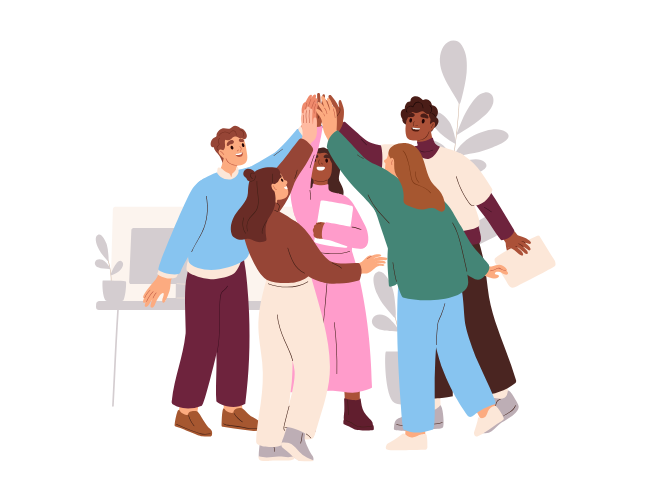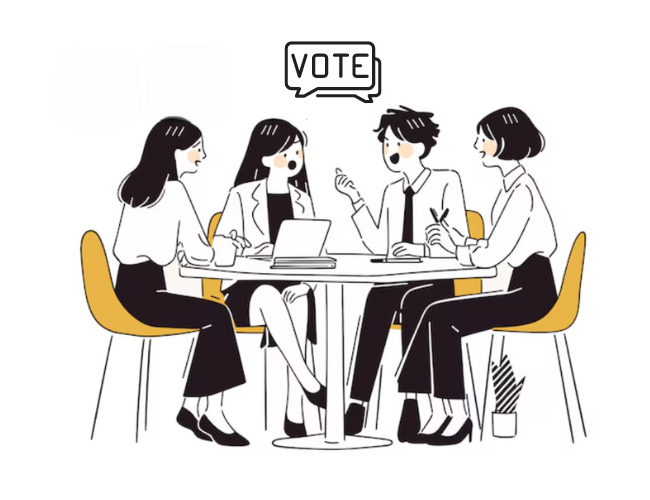Over the last several years, research on loneliness has revealed its impact stretches beyond just physical health and wellness. A lonely employee is more likely to perform poorly, switch jobs frequently, quit, earn fewer promotions, and feel less satisfied with their career. For employers, the loss in productivity isn’t the only concern either; healthcare costs are also much higher for these workers. In the wake of COVID-19, social distancing measures taken across the country have only created more isolated workers than before. The mental and emotional toll this creates for employees is only likely to get more severe as the pandemic continues. As a result, the work consequences of employee loneliness will continue to worsen if left unchecked.
In a study conducted by BetterUp in 2018, researchers found that certain types of employees were at a greater risk of being lonely. Employees with graduate degrees and those who identified as anything other than heterosexual, as well as those who were single, childless, and had fewer people in their private life tended to be lonelier. However, even workers with large families or social circles may now be experiencing isolation due to COVID-19 restrictions. In addition to separating friends and coworkers, pandemic precautions are putting strain on close family relationships as people continue to distance themselves from at-risk groups like the elderly and immunocompromised. It may even be the case that those with previously-vibrant social lives are feeling the effects more strongly, because they are not accustomed to coping with a lower amount of social engagement. This is why companies that may not have considered social isolation an issue within their workforce prior to COVID-19 will want to make this dimension of health a priority.
Fostering Togetherness During A Pandemic
Unfortunately, loneliness can be difficult to assess from an employer’s perspective. With the rise of remote and distanced work settings, this aspect of employee wellness has likely been pushed out of sight even further. Lower levels of energy, optimism, and productivity may all be signs that an employee is feeling lonely—but, of course, these symptoms are not unique to loneliness and can be extremely subtle. If socialization within a company has moved to online settings, such as video conferences or digital messaging, managers may be able to identify which employees are noticeably absent—a potential indication that they are socially withdrawn and losing interest in their work. This, however, likely doesn’t give a wholly accurate picture of workers’ social wellness.
One of the most effective ways to counteract loneliness is to create meaning and a sense of purpose for employees. Managers can do this simply by celebrating company achievements, as well as calling out individual workers for their accomplishments. If an employee feels their job is meaningful and they have a connection to their coworkers and company goals, they are less likely to feel lonely and more likely to feel valued.
Employers can also create more opportunities for socialization. Find ways that managers or coworkers can interact beyond a typical video or online meeting. One-on-one communication via phone calls or even socially-distanced in-person meetings can provide some much needed depth and variety to an employee’s social life. Employers may also find it useful to set up employee groups or networks by non-work interests, such as a message board for parents or caregivers to discuss how they are coping with pandemic restrictions and added responsibilities outside of their job.
Since loneliness is often deeply intertwined with other aspects of mental and emotional health, expanding resources to these areas of wellness can also naturally boost an employee’s sense of belonging. Tools for managing stress and anxiety and expanded virtual or telemedicine resources can help workers navigate the new and increased burdens that 2020 has created for them. Whether social distancing continues past this year or not, these mental health benefits should be viewed as a great long-term investment for employees’ wellness and productivity.












